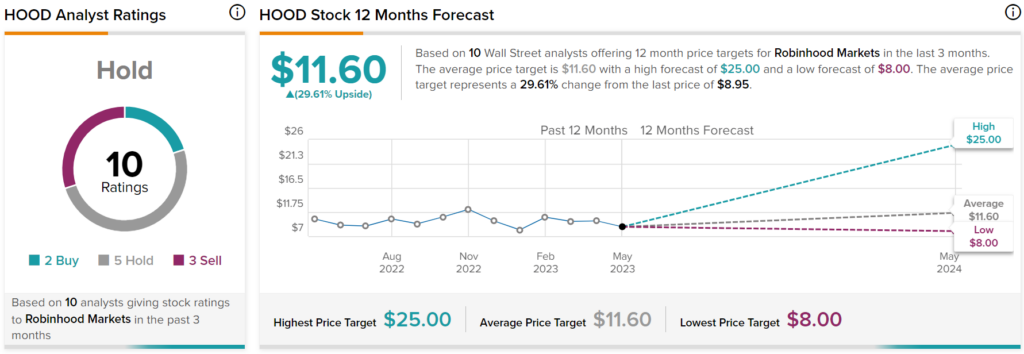Following the capsizing of society due to the COVID-19 pandemic, the global health crisis achieved what legions of financial advisors could not: get young people interested in the capital markets. Unsurprisingly, financial services platforms like Robinhood (NASDAQ:HOOD) benefitted richly from the pandemic-fueled captive audience. However, the gradual return to full normal imposes one conspicuous risk factor that investors should watch out for. I am neutral on HOOD stock.
COVID and the Neutralization Effect Benefitting HOOD Stock
Although lay observers marveled at the remarkable valuation spike that materialized during the post-pandemic days for the capital and blockchain markets, raging bullish sentiment represented only a component of the broader catalyst. Almost surely, valuations skyrocketed because of COVID-19’s neutralization effect.
Prior to the pandemic, some market professionals pointed out that east coast traders have an advantage over their west coast counterparts. Proprietary trader and Bright Trading consultant Dennis Dick remarked that there “is definitely an advantage for active traders to trade on the east coast.” Basically, Eastern Time walks in lockstep with Wall Street’s pulse.
On the other hand, west coast traders must adjust their schedules three hours earlier. Therefore, if a market professional in New York starts the day at six in the morning, for the counterpart in Los Angeles, that would be the equivalent of three in the morning. It just might not be feasible for most people.
However, with COVID-19 forcing everyone indoors and disrupting the work-in-office paradigm, most white-collar workers could (within reason) modify their schedules to accommodate the Street. What’s more, casual investors simply had more time to place trades without the boss looking over their shoulders. Fundamentally, the pandemic represented an administrative boon for HOOD stock.
Unfortunately, as society gradually returns to normal routines, the neutralization effect may fade. In time, east coast traders may resume their advantage, which may present challenges for HOOD stock.
Normalization Clouds Robinhood’s Narrative
While most workers apparently stand ready to fight for their newfound telecommuting privileges, when push comes to shove, it’s the employers that sign the checks. Already, several major enterprises have reversed their work-from-home policies, mandating that employees return to the office. Unfortunately, this normalization process effectively reduces Robinhood’s total addressable market, possibly stymieing HOOD stock.
A return to the nine-to-five grind prevents employees from doing whatever they want. Sure, some research indicates that remote workers are more productive than their in-office counterparts. Nevertheless, at the same time, sales of “mouse movers” to evade monitoring protocols skyrocketed. So too, did the consumption of mature content. All three things being true simultaneously stretches credulity.
Put another way, workers traded stocks and cryptos during the COVID-19 downtime while they were supposedly on the clock. However, as corporations wise up and demand in-office attendance, the opportunities for trading diminish.
Moreover, recalled workers on or near the west coast would more acutely feel the time difference disadvantage. By the time the closing bell rings in New York, it’s only 1 pm in Los Angeles. That’s just not an ideal schedule for stock trading, reducing Robinhood’s utility.
Combined with other factors – in particular, mass layoffs – workers have an incentive to actually work. Otherwise, slacking off may lead to receiving a pink slip. Should a recession materialize, being jobless wouldn’t be ideal. This, too, may impose a hit on Robinhood’s addressable market.
Pressure on the Financials
Although the time difference factor might seem an esoteric headwind for HOOD stock, the underlying enterprise desperately seeks upside momentum. With rising pressure on the financials, Robinhood doesn’t have the luxury of absorbing too many setbacks.
Perhaps most glaringly, the company posted revenue of $207 million for the quarter ended March 2023. This tally represented a decline of nearly 31% from the year-ago quarter’s result of $299 million. What’s more, the net loss for the first quarter of this year came out to $581 million. That’s a significant expansion of red ink from the net loss of $392 million one year ago.

Again, the point remains that Robinhood is not in a position to wage a battle of attrition.
Analysts’ Perspective on Robinhood
Turning to Wall Street, HOOD stock has a Hold consensus rating based on two Buys, five Holds, and three Sell ratings. The average HOOD price target is $11.60, implying 29.61% upside potential.

The Takeaway: HOOD Stock May Face the Old Paradigm Again
While the COVID-19 pandemic contributed to mass interest in the equities market, the fading of the crisis (and the subsequent social normalization) may lead to that interest waning. As well, retail investors and traders may be more focused on keeping their day jobs than gambling on Wall Street. Therefore, market participants should tread carefully with Robinhood.









